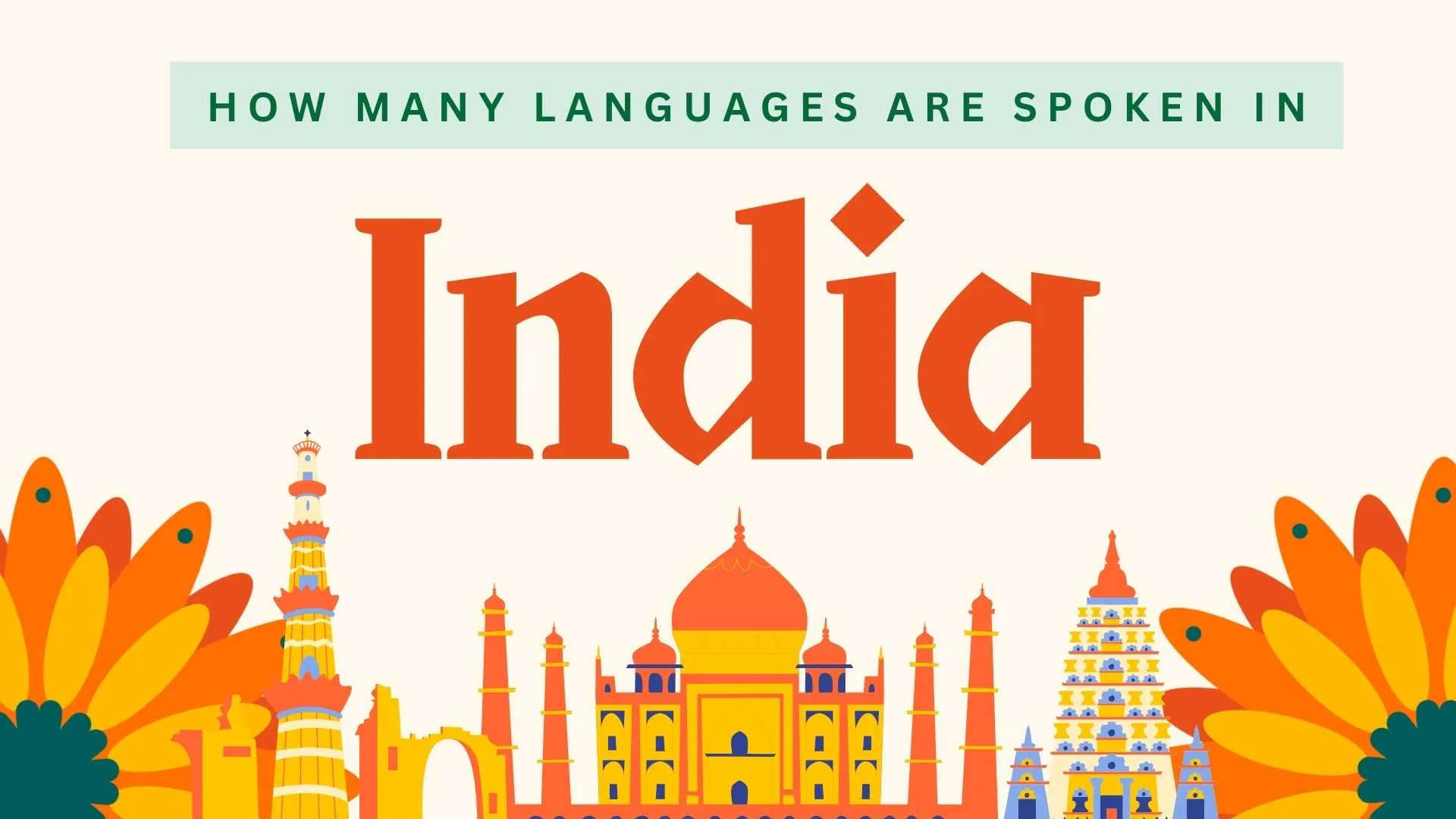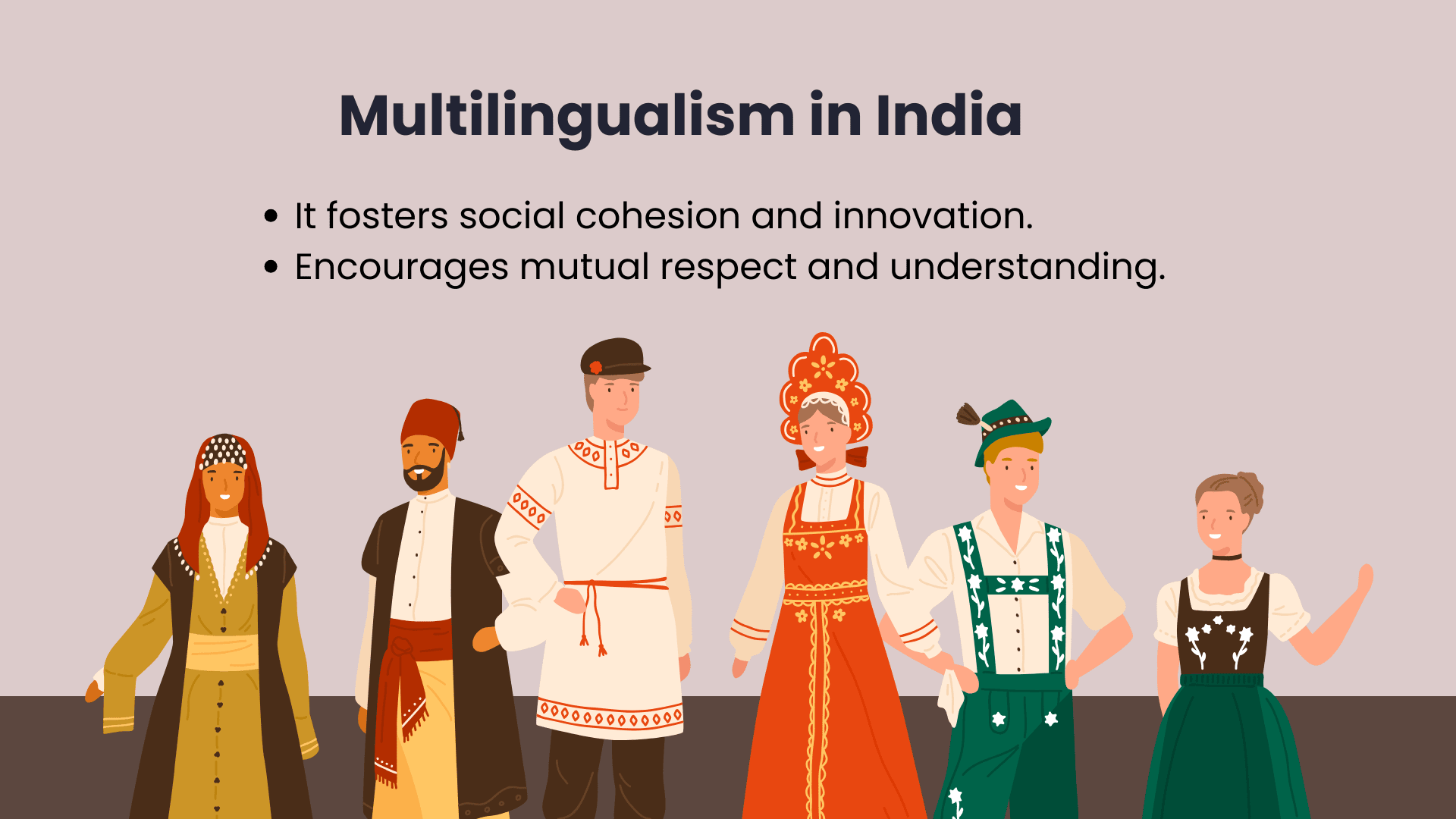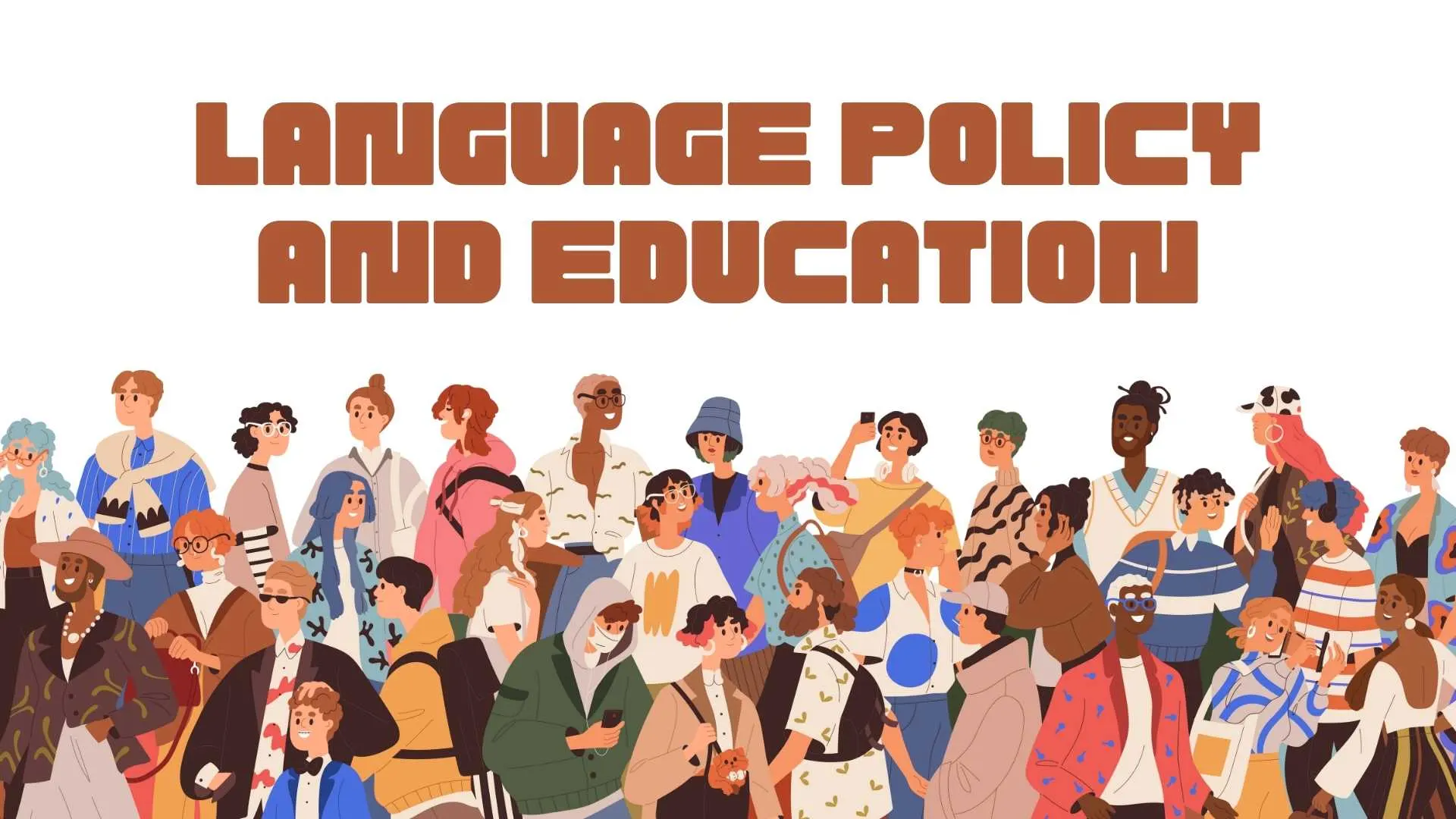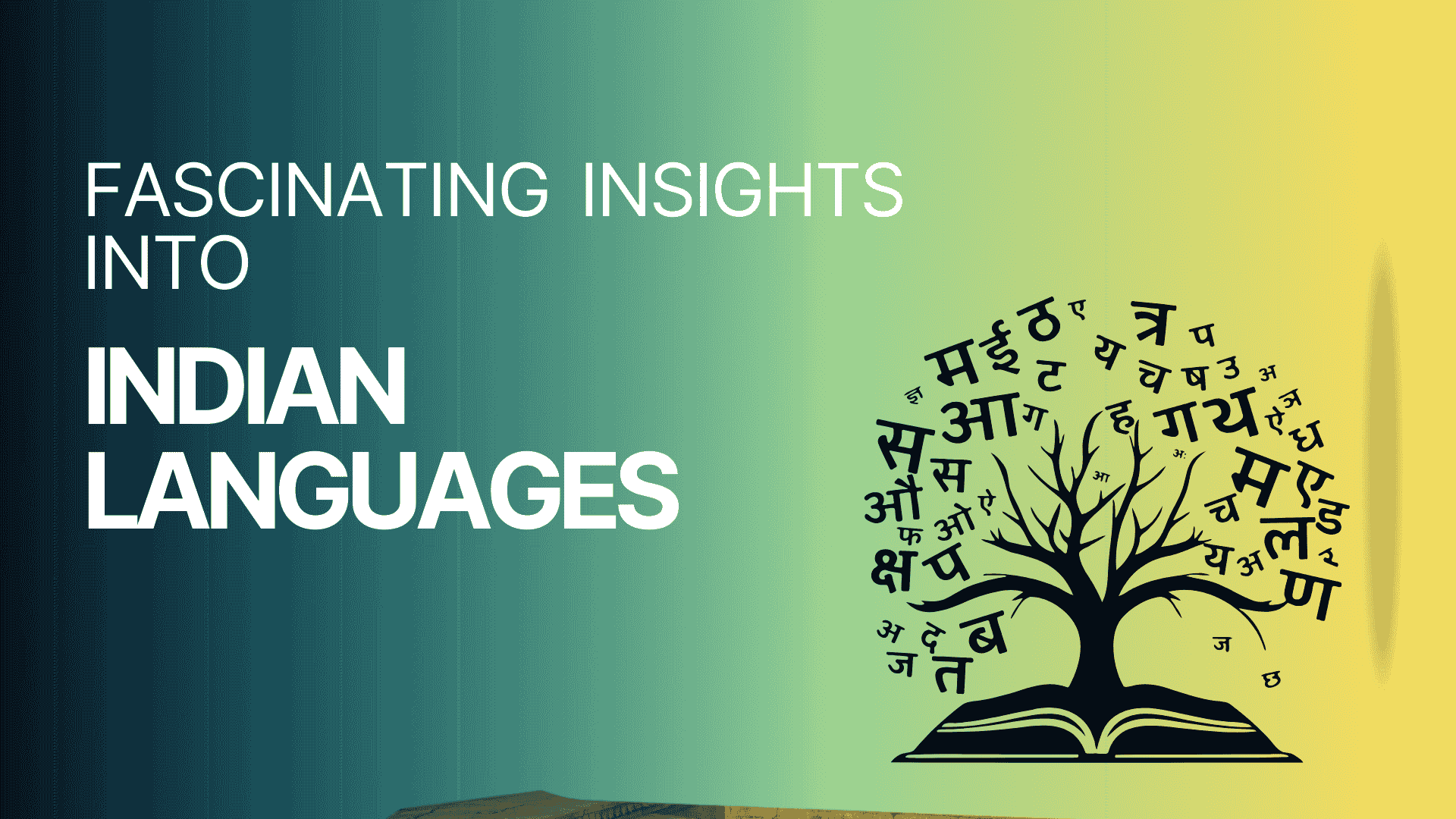
India is home to one of the world’s richest linguistic landscapes. When people ask, “How many Indian languages are there?” or “How many languages does India have?” the answer can be fascinatingly complex. Depending on how languages and dialects are classified, India has hundreds — even thousands — of living tongues that reflect its deep cultural and historical diversity.
India’s linguistic variety is not just about communication — it’s about identity, heritage, and unity in diversity. Many readers also wonder how many languages are there in India today — the answer depends on how one defines and classifies regional dialects and spoken tongues. This blog explores how many languages India has, the official and unscheduled languages, language families, and how multilingualism continues to shape India’s society and education.
How Many Indian Languages Are There Officially?
India’s Constitution recognizes 22 official languages listed in the Eighth Schedule. These languages represent the major linguistic communities across different states and regions.
The 22 Official Languages of India:

Assamese, Bengali, Bodo, Dogri, Gujarati, Hindi, Kannada, Kashmiri, Konkani, Maithili, Malayalam, Manipuri, Marathi, Nepali, Odia, Punjabi, Sanskrit, Santali, Sindhi, Tamil, Telugu, and Urdu.
Hindi is the most spoken official language, used by about 44% of Indians as their native tongue. English, on the other hand, serves as an associate official language and is extensively used in administration, education, and business.
These 22 languages vary greatly in their origins, scripts, and phonetic systems. While Hindi dominates in northern India, Bengali, Tamil, Telugu, and Marathi are predominant in other regions — showing just how many Indian languages define the nation’s diversity.
The 22 official languages in India include:
- Assamese
- Bengali
- Bodo
- Dogri
- Gujarati
- Hindi
- Kannada
- Kashmiri
- Konkani
- Maithili
- Malayalam
- Manipuri
- Marathi
- Nepali
- Odia
- Punjabi
- Sanskrit
- Santali
- Sindhi
- Tamil
- Telugu
- Urdu
How Many Languages Does India Have in Total?

If you’re wondering “how many languages of India” exist beyond the official ones — the number is much larger.
According to the Census of India (2011):
- 121 languages are spoken by 10,000 or more people.
- In total, there are 1,369 other languages and dialects identified across the country.
These include hundreds of unscheduled languages — local and tribal tongues that may not have constitutional recognition but hold immense cultural importance. Examples include Tulu, Bhili, Gondi, Mundari, and Bhotia, each tied to specific regions or indigenous groups. This linguistic diversity gives us a deeper understanding of how many languages are spoken in India and how they connect different regions through shared roots and evolution.
However, many of these unscheduled languages are endangered due to urbanization, globalization, and dominance of widely spoken languages. Preservation efforts such as the People’s Linguistic Survey of India (PLSI) are crucial in safeguarding this heritage.
Language Families in India
India’s languages belong to several prominent language families, each with unique characteristics and history. The four prominent language families in India are:
1. Indo-Aryan Languages
The Indo-Aryan family is the largest and includes languages such as Hindi, Bengali, Marathi, Gujarati, Punjabi, and Urdu. These languages originated from Sanskrit and are spoken by a significant portion of India’s population, primarily in the northern and central regions. Around 75% of Indians speak an Indo-Aryan language as their native tongue.
2. Dravidian Languages
The Dravidian language family is predominant in southern India and includes Tamil, Telugu, Kannada, and Malayalam. These languages have ancient roots and have historically shaped the region’s cultural and literary landscape. Approximately 20% of India’s population speaks a Dravidian language.
3. Austroasiatic Languages
The Austroasiatic family includes languages like Santali and Mundari, which are spoken primarily by indigenous tribes in eastern and central India. These languages are among the oldest spoken in India and are thought to have existed even before the arrival of Indo-Aryan languages.
4. Tibeto-Burman Languages
Languages in the Tibeto-Burman family are spoken in the northeastern part of India. These include Manipuri, Bodo, Mizo, and several languages spoken by smaller tribes in the Himalayan and northeastern regions. This language family links India’s linguistic heritage with neighbouring countries like China and Myanmar.
Also Read:
- Most Spoken Languages in the USA
- The Most Spoken Languages in the World: A Global Overview
- Top 10 Highest Paying Translation Languages – All You Need to Know
Multilingualism in India

India’s population is inherently multilingual. Many citizens grow up speaking two or more languages — for example, a person in Maharashtra might speak Marathi, Hindi, and English fluently.
Multilingualism in India not only promotes cross-cultural communication but also boosts cognitive abilities and professional mobility. It’s one of the reasons India ranks among the most linguistically rich countries in the world.
Language Policy and Education

The language policy of India plays a crucial role in protecting linguistic rights. The Constitution ensures citizens can use their mother tongue in education and government affairs.
- Primary education in many states is offered in regional languages.
- English remains the preferred medium for higher education and global communication.
However, India’s language policy is not without challenges. In some regions, there is debate over promoting Hindi as a national language, with states in southern India, where Dravidian languages dominate, resisting this imposition. Language policies in education must balance the need for preserving native languages while also ensuring access to broader opportunities.
The Future of India’s Languages

India’s linguistic diversity faces opportunities and challenges as the world becomes increasingly connected through technology and globalization. Many indigenous and lesser-spoken languages risk extinction as younger generations shift toward more widely spoken languages like Hindi and English.
Efforts to document and revive endangered languages are crucial to preserving India’s linguistic heritage. Projects like the People’s Linguistic Survey of India (PLSI) have helped document lesser-known languages and dialects. Additionally, promoting mother-tongue education and encouraging cultural pride in regional languages can help safeguard them for future generations.
Interesting Facts About Indian Languages

- Sanskrit is one of the oldest languages in the world, and many modern Indian languages trace their roots to it.
- Bengali is India’s second most-spoken language and the fifth most-spoken language globally.
- India’s Andaman and Nicobar Islands are home to some of the most endangered languages in the world, spoken by small indigenous tribes.
- The Constitution of India was originally written in Hindi and English.
- Tamil, one of the Dravidian languages, has an ancient literary tradition and is recognized as a classical language.
- Sanskrit and Tamil are two of the few languages classified as classical in India due to their ancient origins and influence on Indian culture.
Conclusion
So, how many languages does India have?
Officially, there are 22 recognized languages, but in reality, India is home to over 1,300 languages and dialects. This linguistic mosaic symbolizes the country’s unity in diversity, where every language — no matter how small — adds to the nation’s cultural richness.
As India evolves, promoting and preserving its linguistic diversity will remain essential to maintaining its unique identity. Preserving regional languages for India’s future generations is vital for maintaining the nation’s cultural balance and identity.
Unlock India’s Linguistic Diversity with VerboLabs
At VerboLabs, we help brands, businesses, and creators communicate seamlessly across India’s 120+ languages. From translation and localization to voice-over and dubbing, our services ensure your message connects authentically with every regional audience.
Learn More about VerboLabs Translation Services

Ready to connect across India’s 120+ languages?
Bridge the communication gap with VerboLabs’ expert translation and localization services.
FAQs
India officially recognizes 22 languages listed in the Eighth Schedule of the Constitution.
Hindi is India’s most widely spoken language, with over 44% of the population using it as their native language.
India’s prominent language families include Indo-Aryan, Dravidian, Austroasiatic, and Tibeto-Burman.
Hindi tops the list, spoken by over 44% of India’s population as their native language.
Many smaller and tribal languages face decline due to urbanization, migration, and a lack of formal education in those tongues.
Endangered languages in India face challenges such as decreasing native speakers, globalization, and lack of formal education in these languages. Preservation efforts are needed to ensure their survival.



